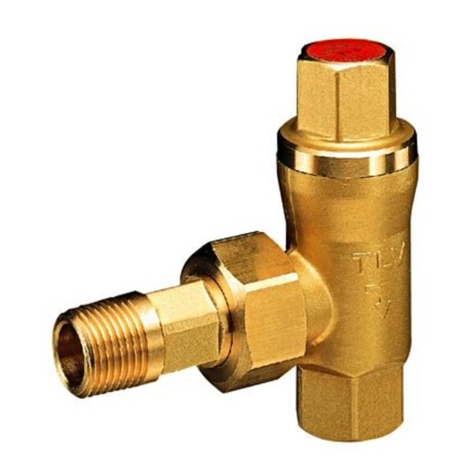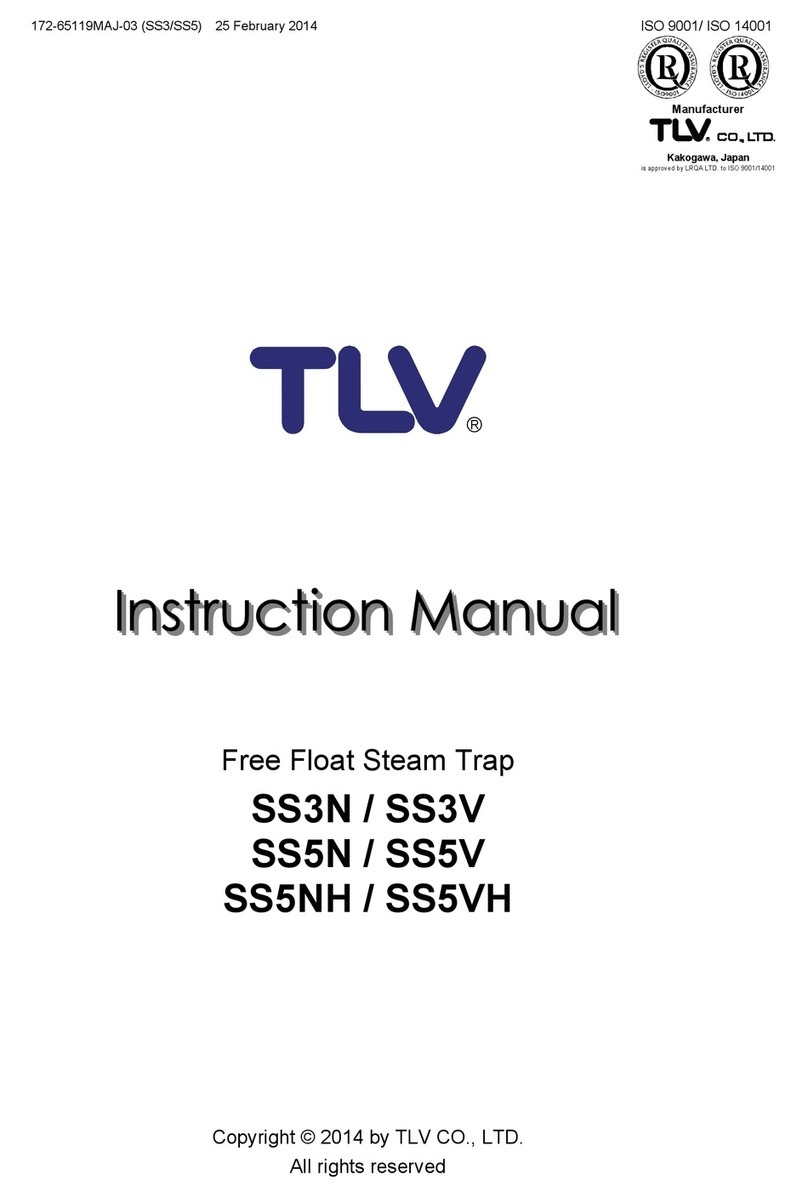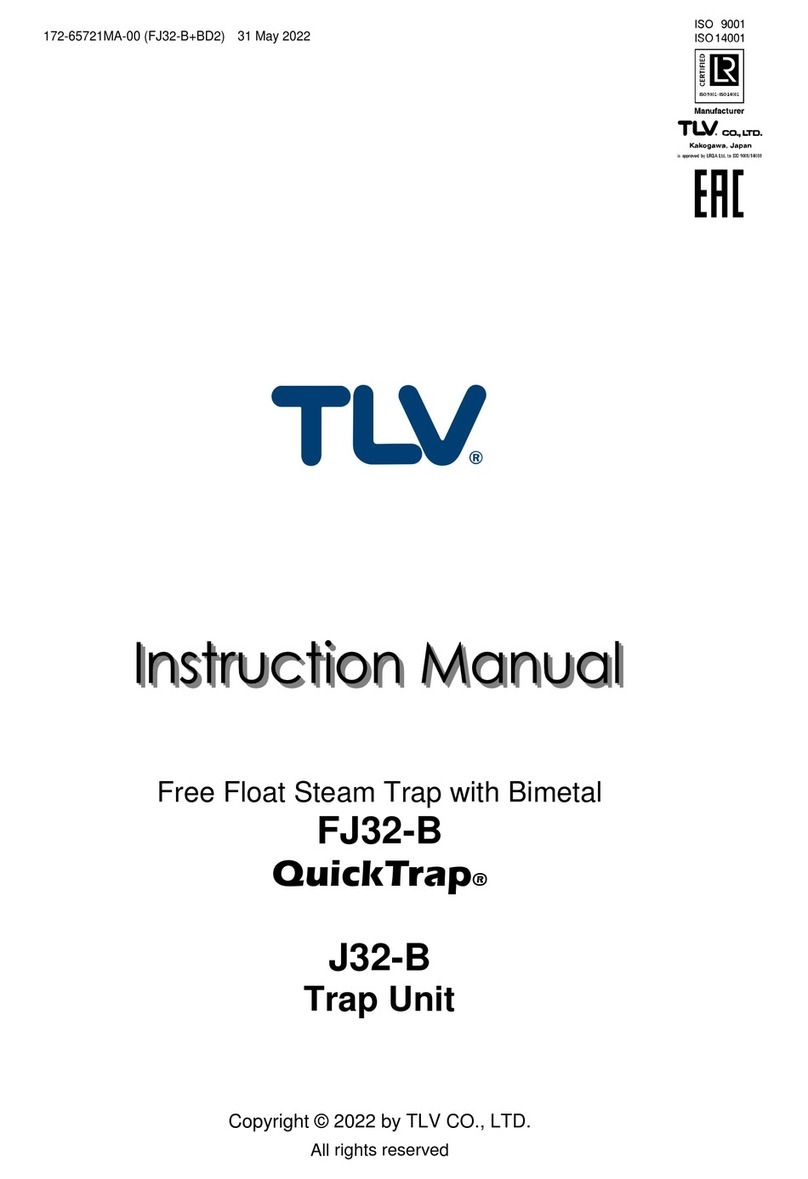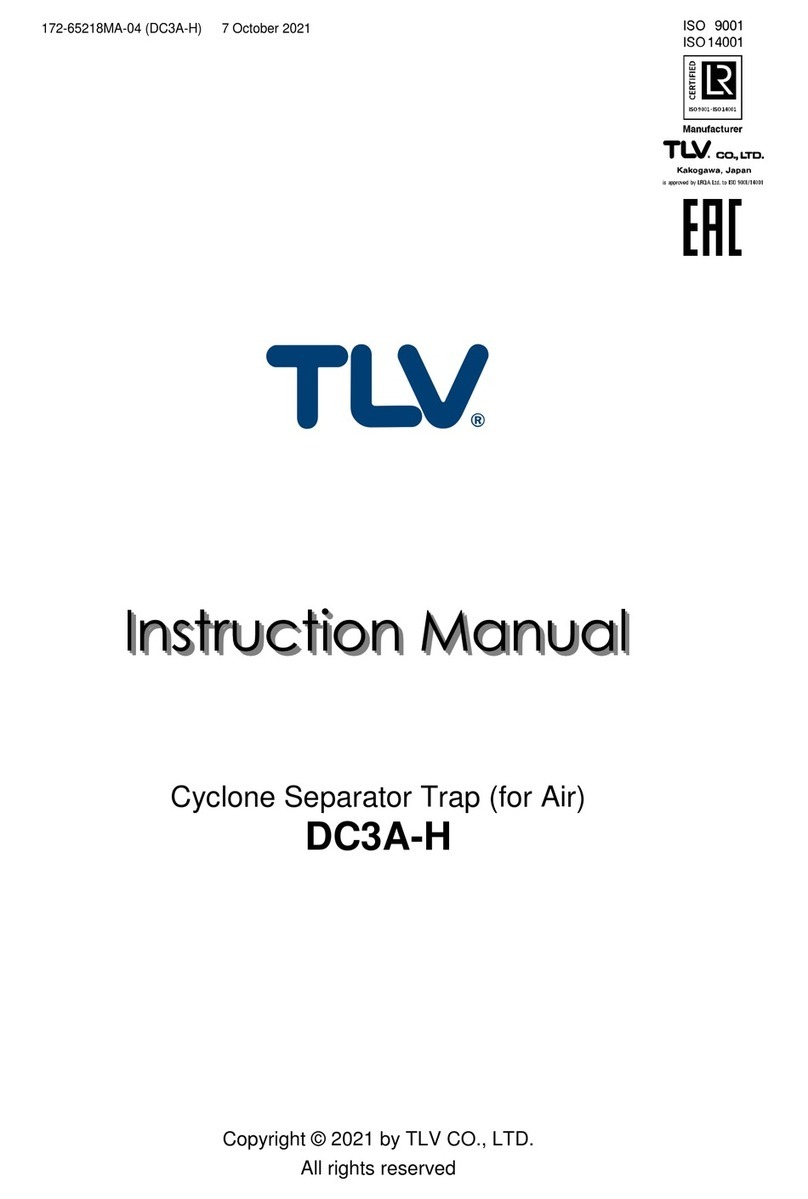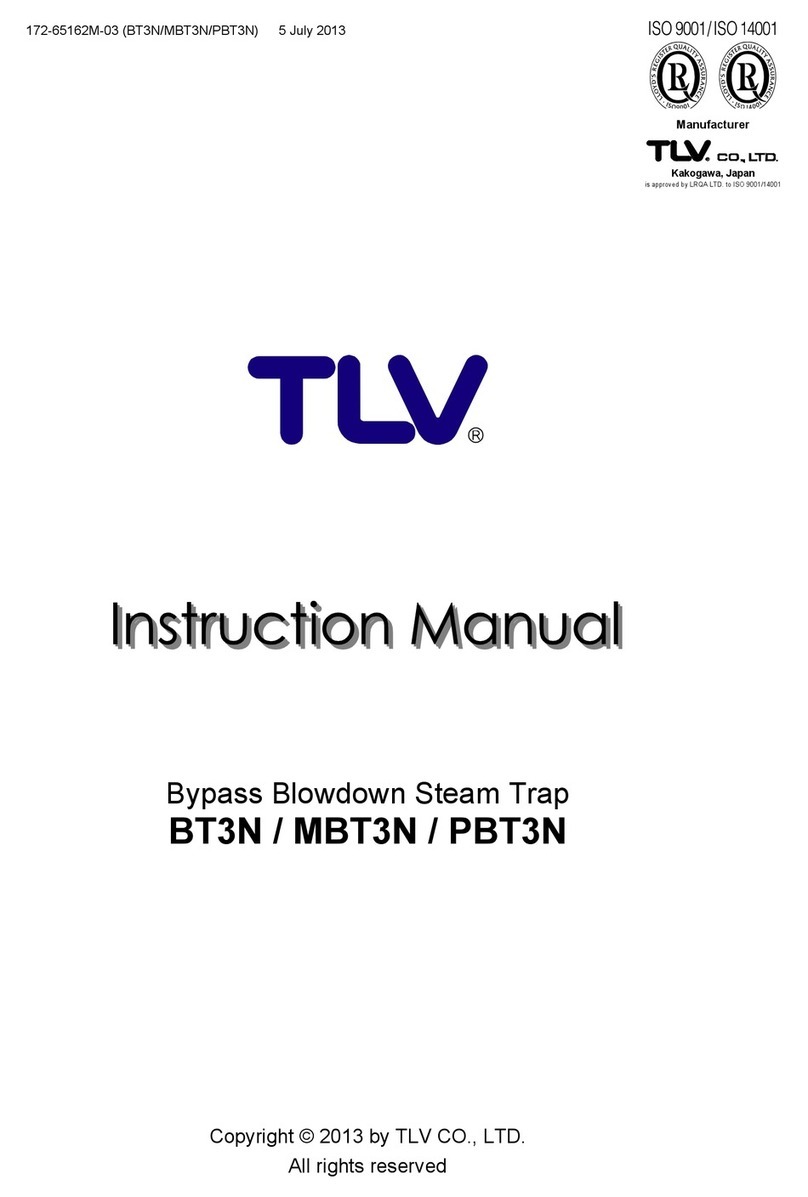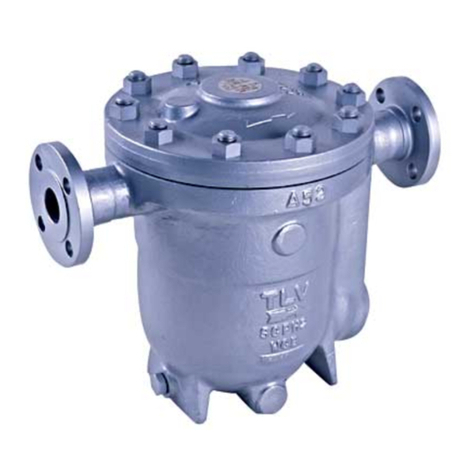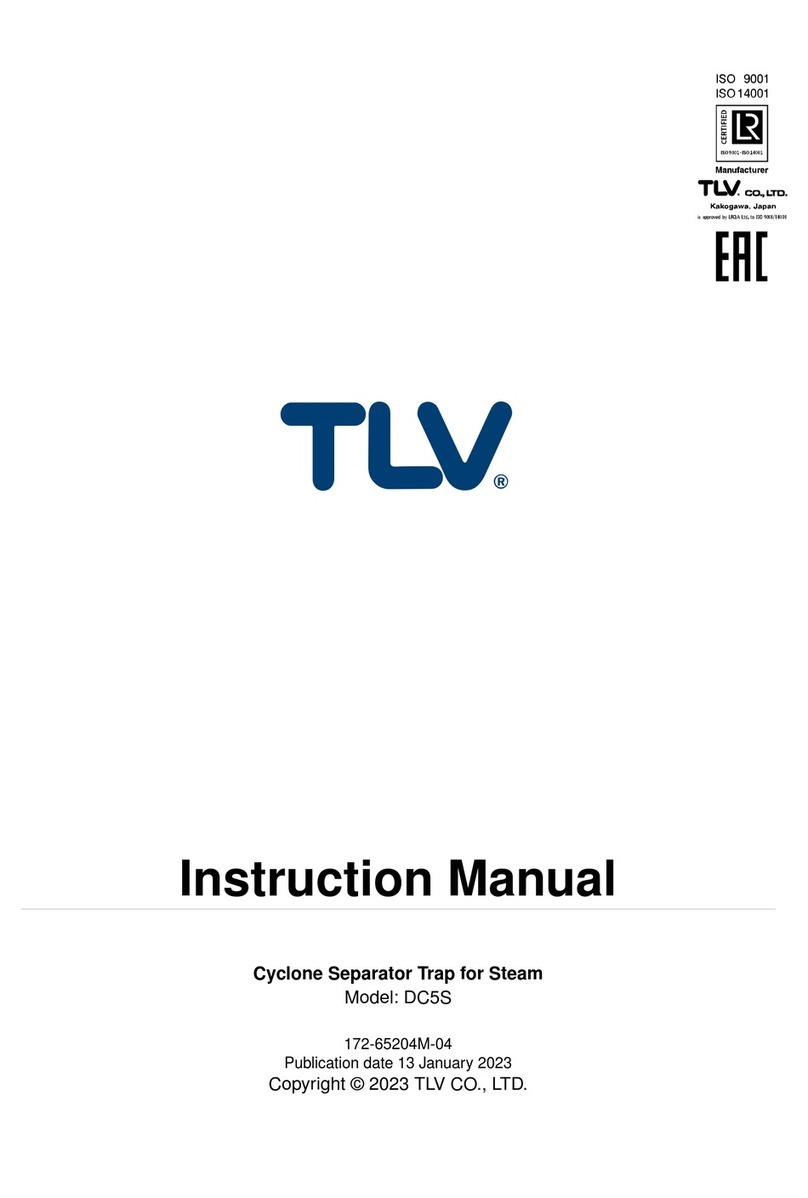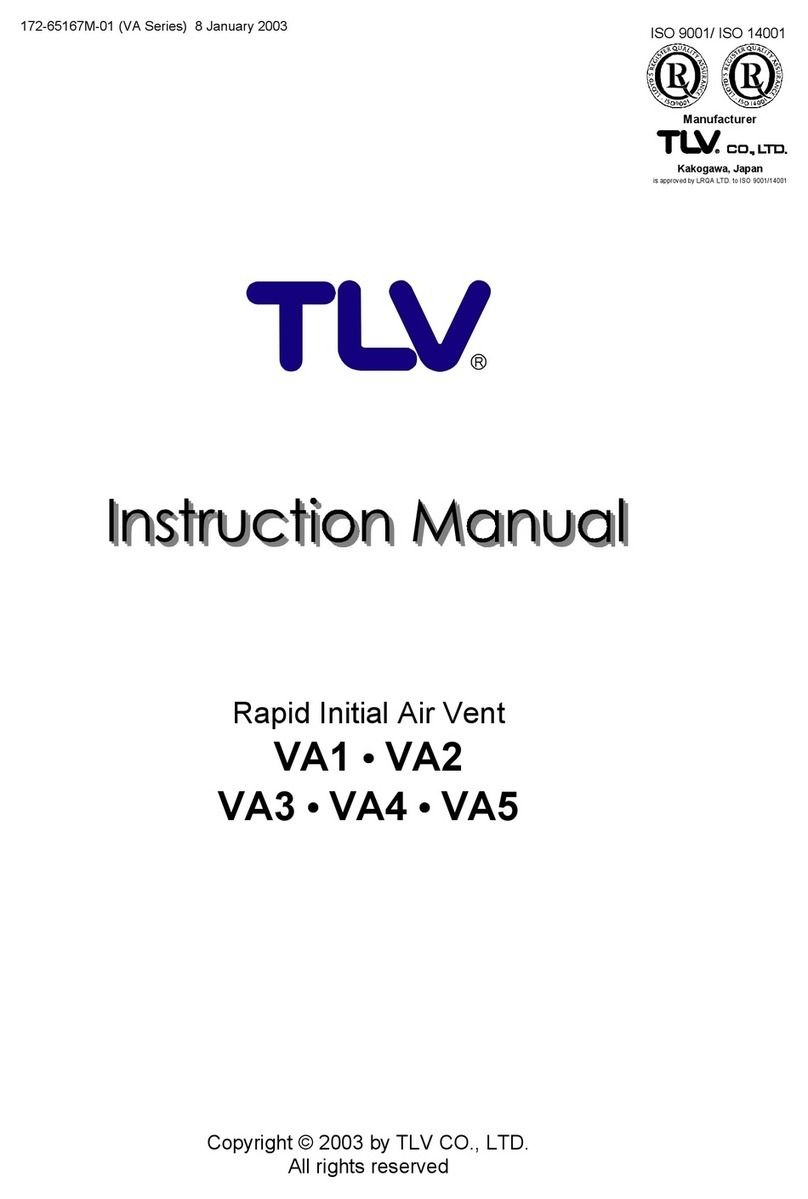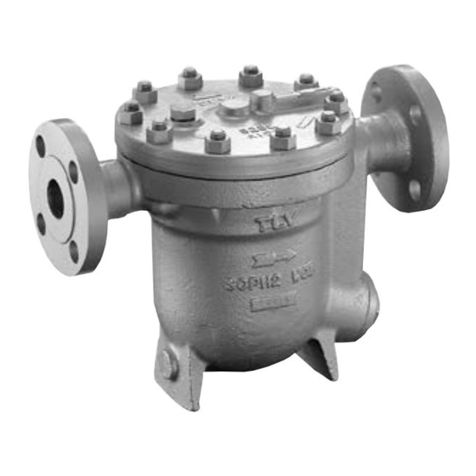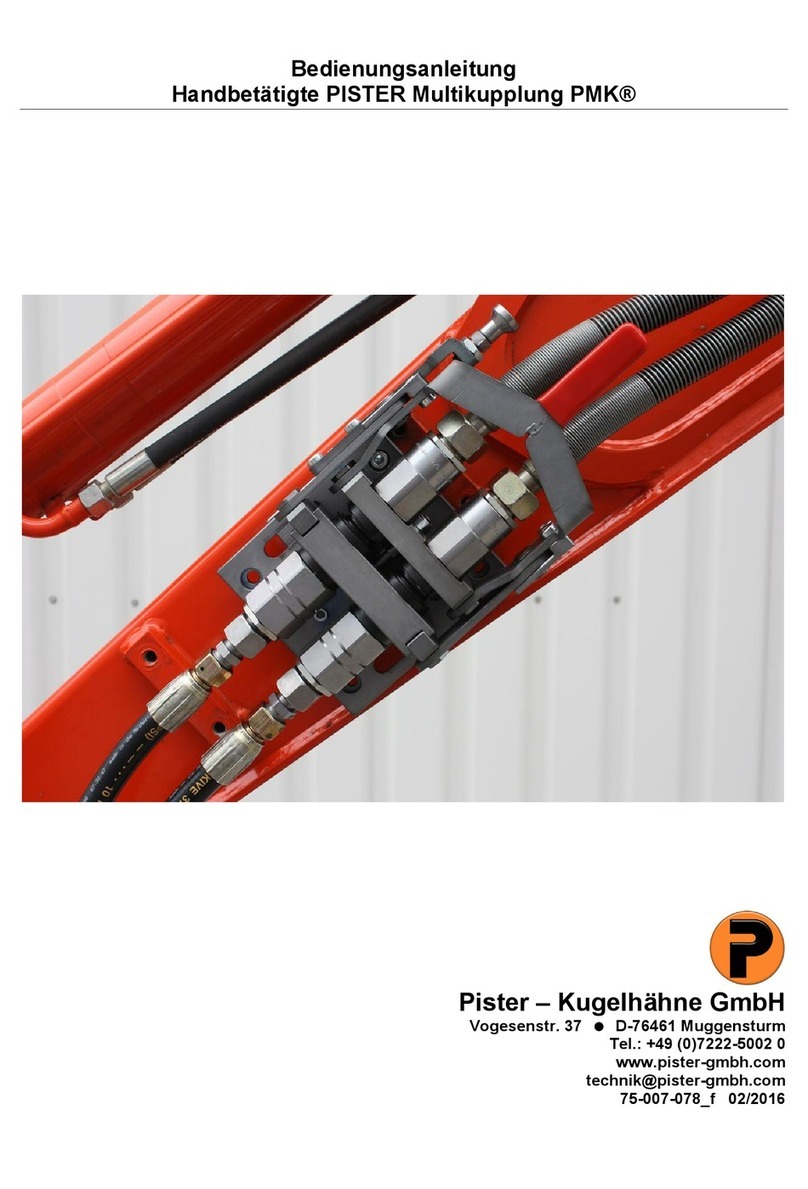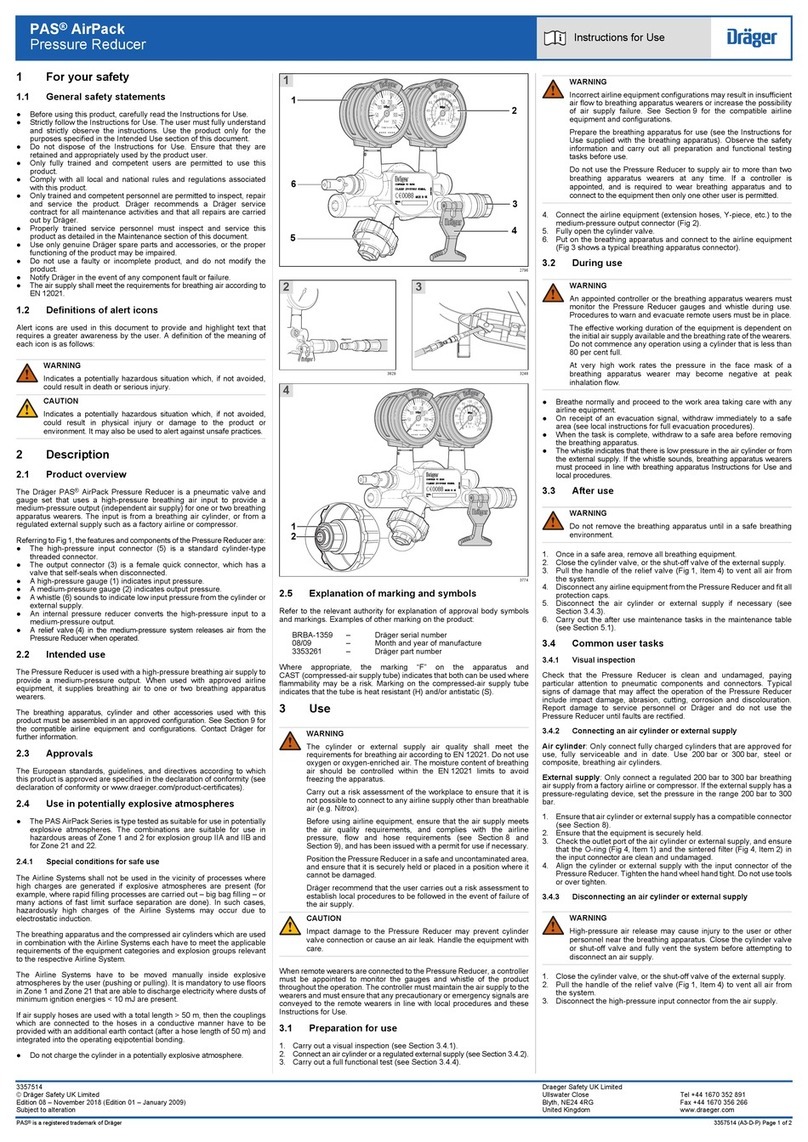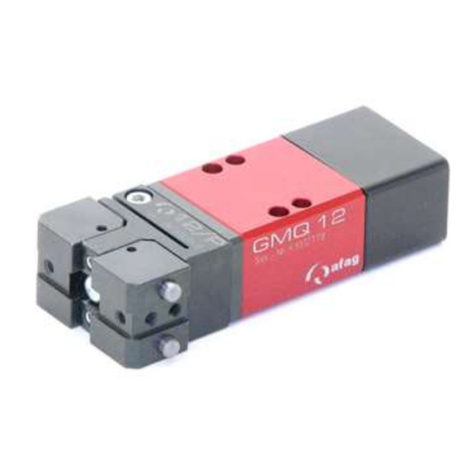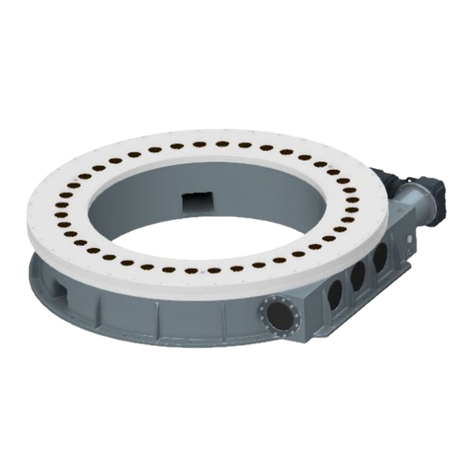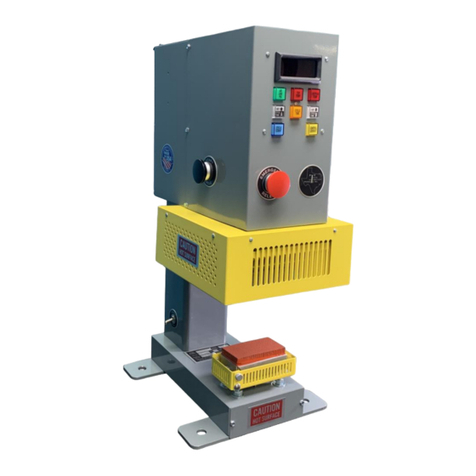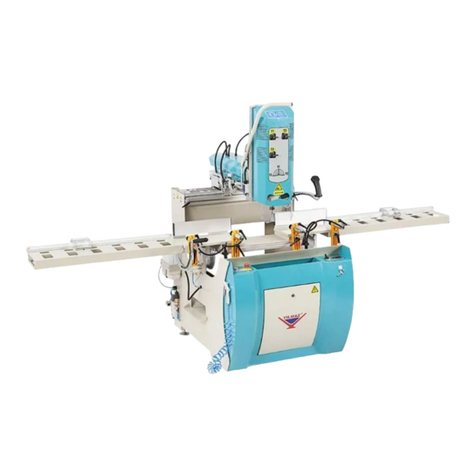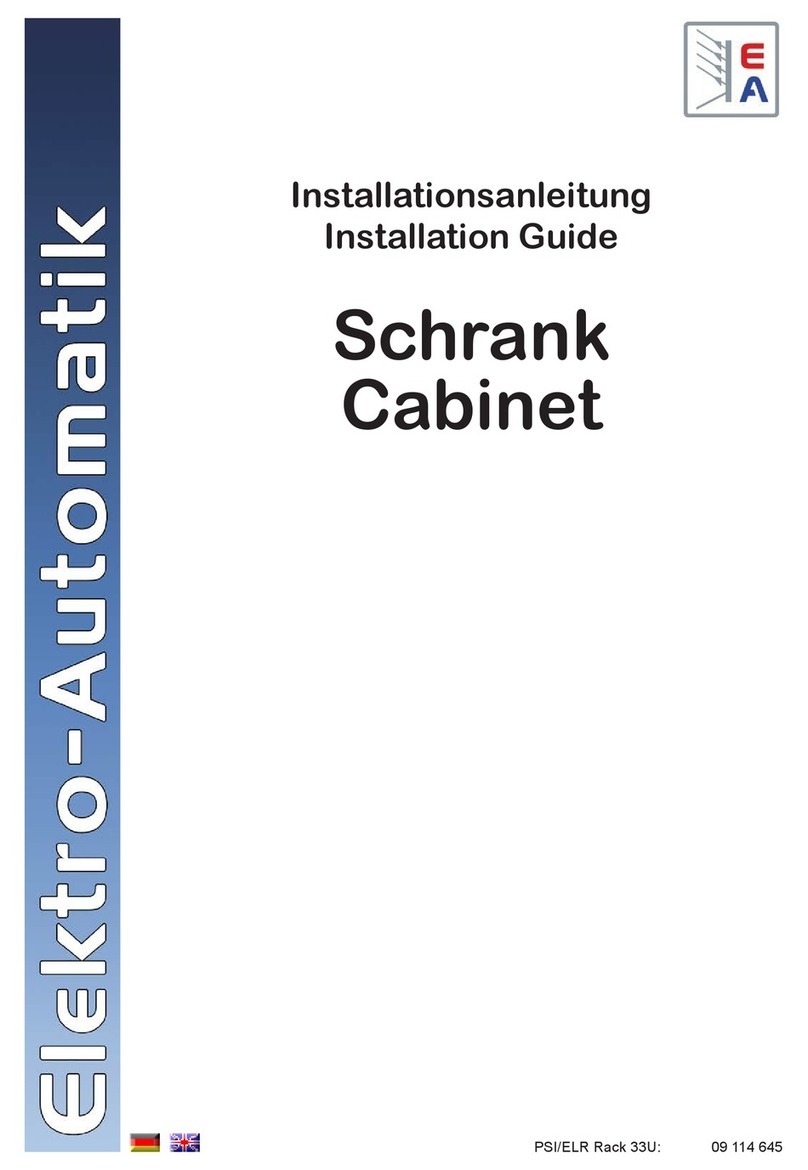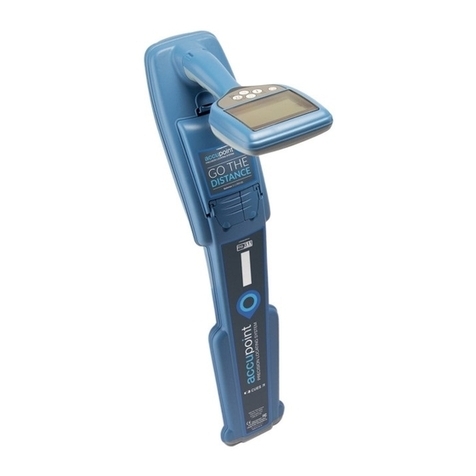TLV G8 User manual

172-65193A-06 (G8) 8 July 2015
Manufacturer
881 Nagasuna, Noguchi, Kakogawa, Hyogo, 675-8511 Japan
Tel: [81]-(0)79-422-1122 Fax: [81]-(0)79-422-0112
Copyright © 2015 by TLV Co., Ltd. All rights reserved
ISO 9001/ ISO 14001
Manufacturer
Kakogawa, Japan
is approved by LRQA LTD. to ISO 9001/14001
Free Float Air Trap
G8

172-65193A-06 (G8) 8 Jul 2015
1
Contents
Introduction ..........................................................................1
Safety Considerations..........................................................2
Checking the Piping.............................................................4
Specifications.......................................................................5
Configuration........................................................................5
Installation............................................................................6
The Need for a Pressure-balancing Line .............................7
Maintenance ........................................................................8
Disassembly / Reassembly..................................................9
Troubleshooting .................................................................11
EXPRESS LIMITED WARRANTY............................12
Introduction
Thank you for purchasing the Free Float Air Trap.
This product has been thoroughly inspected before being shipped from the
factory. When the product is delivered, before doing anything else, check the
specifications and external appearance to make sure nothing is out of the
ordinary. Also be sure to read this manual carefully before use and follow the
instructions to be sure of using the product properly.
The G8 Free Float Air Trap is used for the automatic discharge of
condensate or condensate mixed with oil from receiver tanks and pipe ends
in compressed air systems.
If detailed instructions for special order specifications or options not
contained in this manual are required, please contact for full details.
This instruction manual is intended for use with the model(s) listed on the
front cover. It is necessary not only for installation but for subsequent
maintenance, disassembly/reassembly and troubleshooting. Please keep it in
a safe place for future reference.

172-65193A-06 (G8) 8 Jul 2015
2
Safety Considerations
•Read this section carefully before use and be sure to follow the instructions.
•Installation, inspection, maintenance, repairs, disassembly, adjustment and valve
opening/closing should be carried out only by trained maintenance personnel.
•The precautions listed in this manual are designed to ensure safety and prevent
equipment damage and personal injury. For situations that may occur as a result of
erroneous handling, three different types of cautionary items are used to indicate
the degree of urgency and the scale of potential damage and danger: DANGER,
WARNING and CAUTION.
•The three types of cautionary items above are very important for safety: be sure to
observe all of them as they relate to installation, use, maintenance, and repair.
Furthermore, TLV accepts no responsibility for any accidents or damage occurring
as a result of failure to observe these precautions.
Symbols
Indicates a DANGER, WARNING or CAUTION item.
DANGER
Indicates an urgent situation which poses a threat of death or
serious injury
WARNING
Indicates that there is a potential threat of death or serious injury
CAUTION
Indicates that there is a possibility of injury or equipment / product
damage
WARNING
NEVER apply direct heat to the float.
The float may explode due to increased internal pressure, causing
accidents leading to serious injury or damage to property and
equipment.
CAUTION
Install properly and DO NOT use this product outside the
recommended operating pressure, temperature and other
specification ranges.
Improper use may result in such hazards as damage to the product
or malfunctions that may lead to serious accidents. Local regulations
may restrict the use of this product to below the conditions quoted.
DO NOT use the product in excess of the maximum operating
pressure differential.
Such use could make discharge impossible (blocked).
Take measures to prevent people from coming into direct
contact with product outlets.
Failure to do so may result in burns or other injury from the
discharge of fluids.
Do not use excessive force when connecting threaded pipes to
the product.
Over-tightening may cause breakage leading to fluid discharge,
which may cause burns or other injury.
Safety considerations continued on next page.

172-65193A-06 (G8) 8 Jul 2015
3
CAUTION
When disassembling or removing the product, wait until the
internal pressure equals atmospheric pressure and the surface
of the product has cooled to room temperature.
Disassembling or removing the product when it is hot or under
pressure may lead to discharge of fluids, causing burns, other
injuries or damage.
Be sure to use only the recommended components when
repairing the product, and NEVER attempt to modify the
product in any way.
Failure to observe these precautions may result in damage to the
product and burns or other injury due to malfunction or the
discharge of fluids.
Use only under conditions in which no freeze-up will occur.
Freezing may damage the product, leading to fluid discharge, which
may cause burns or other injury.
Use only under conditions in which no water hammer will
occur.
The impact of water hammer may damage the prod
uct, leading to
fluid discharge, which may cause burns or other injury.

172-65193A-06 (G8) 8 Jul 2015
4
Checking the Piping
Use only under conditions in which no water hammer will occur. The
impact of water hammer may damage the product, leading to fluid
discharge, which may cause burns or other injury.
CAUTION
Check to make sure that the pipes to be connected to the trap have been
installed properly.
1. Is the pipe diameter suitable?
2. Is the section of piping where the trap is to be installed vertical?
3. Has sufficient space been secured for maintenance?
4. Has an isolation valve been installed at the inlet?
5. Is the inlet pipe as short as possible, with as few bends as possible, and
installed so the liquid will flow naturally down into the trap?
6. Has the piping work been done correctly, as shown in the figures below?
Requirement
Correct
Incorrect
Install catchpot with the
proper diameter.
Diameter is too small.
Make sure the flow of
condensate is not
obstructed.
Diameter is too small and inlet
protrudes into pipe interior.
To prevent rust and scale
from flowing into the trap,
the inlet pipe should be
connected 25 – 50 mm
(1 – 2 in) above the base
of the T-pipe.
Rust and scale flow into the
trap with the condensate.
When installing on the
blind end, make sure the
flow of condensate is not
obstructed.
Condensate collects in the
pipe.

172-65193A-06 (G8) 8 Jul 2015
5
Specifications
Install properly and DO NOT use this product outside the recommended
operating pressure, temperature and other specification ranges.
Improper use may result in such hazards as damage to the product or
malfunctions which may lead to serious accidents. Local regulations
may restrict the use of this product to below the conditions quoted.
CAUTION
DO NOT use this product in excess of the maximum operating pressure
differential; such use could make discharge impossible (blocked).
CAUTION
Use only under conditions in which no freeze-up will occur. Freezing
may damage the product, leading to fluid discharge, which may cause
burns or other injury.
CAUTION
Refer to the product nameplate for detailed specifications.
Model
Production Lot No.
Maximum Allowable
Temperature (TMA)*
Maximum Operating
Temperature (TMO)
Nominal Diameter
Maximum Allowable
Pressure*
Maximum Operating
Pressure
Valve No.**
* Maximum allowable pressure (PMA) and maximum allowable temperature (TMA) are
PRESSURE SHELL DESIGN CONDITIONS, NOT OPERATING CONDITIONS.
**Valve No. is displayed for products with options. This item is omitted from the nameplate
when there are no options.
Configuration
15, 20 mm
(1∕2 “, 3∕4 “)
25 mm
(1”)
No.
Name
1
Body
2
Cover
3
Cover O-ring
4
Valve Seat Holder
5
Cover Bolt
6
Balancing Line Plug
Drain Plug
7
Snap Ring
8
Valve Seat
9
Valve Seat Holder O-ring
10
Discharge Pipe
11
Float
12
Washer
13
Y-type Strainer (Y3)
14
Nipple
15
Reducing Pipe Bushing
(only for 15, 20 mm (
1
∕2”,
3
∕4”))
16
Nameplate

172-65193A-06 (G8) 8 Jul 2015
6
Installation
Install properly and DO NOT use this product outside the recommended
operating pressure, temperature and other specification ranges.
Improper use may result in such hazards as damage to the product or
malfunctions which may lead to serious accidents. Local regulations
may restrict the use of this product to below the conditions quoted.
CAUTION
Take measures to prevent people from coming into direct contact with
product outlets. Failure to do so may result in burns or other injury from
the discharge of fluids.
CAUTION
Do not use excessive force when connecting threaded pipes to the
product. Over-tightening may cause breakage leading to fluid
discharge, which may cause burns or other injury.
CAUTION
Installation, inspection, maintenance, repairs, disassembly, adjustment and valve
opening/closing should be carried out only by trained maintenance personnel.
1. Before installation, be sure to remove all protective seals.
2. Before installing the product, open the inlet valve and blow out the piping to
remove any piping scraps, dirt and oil. Close the inlet valve after blowdown.
3. Install the product so the arrow on the body is pointing in the direction of flow.
4. The trap should be inclined no more than 5° horizontally and front-to-back.
5. To insure proper condensate flow into the trap, remove the balancing line plug
and install a pressure-balancing line. Connect the end of the pressure-balancing
line to the air main or an area with an air pocket. For more details, see the section
“The Need for a Pressure-balancing Line”.
6. To facilitate inspection and maintenance, install a union or a flange where the
product has connections (inlet, pressure-balancing line, condensate outlet). For
more details, see the section “The Need for a Pressure-balancing Line”.
7. After priming through the pressure-balancing port, open the inlet valve and check
to make sure that the product functions properly.
If there is a problem, determine the cause using the “Troubleshooting” section in this
manual.
Tolerance Angle for Installation - 5°
Make sure the trap is installed with the raised lettering on the body horizontal.

172-65193A-06 (G8) 8 Jul 2015
7
The Need for a Pressure-balancing Line
This air trap is designed to automatically discharge inflowing condensate. However,
if the condensate completely fills the inlet path of the trap, air in the trap body will not
be able to escape, preventing the displacement of air by condensate, and thus
preventing condensate from entering the trap. This phenomena is called air binding.
A pressure-balancing line installed between the trap cover and the dry portion of the
receiver tank is used to prevent this phenomenon from occurring.
Connect the pressure-balancing line in the follow manner:
Receiver Tank
Pressure-balancing Line
Air Main
Air
Compressor
Y-Strainer
G8 Air Trap
Cooling Water
Pressure-balancing Line
Air Inlet
After Cooler
Y-Strainer
G8 Air Trap
Air Outlet

172-65193A-06 (G8) 8 Jul 2015
8
Maintenance
Take measures to prevent people from coming into direct contact with
product outlets. Failure to do so may result in burns or other injury from
the discharge of fluids.
CAUTION
Be sure to use only the recommended components when repairing the
product, and NEVER attempt to modify the product in any way. Failure to
observe these precautions may result in damage to the product or burns
or other injury due to malfunction or the discharge of fluids.
CAUTION
Operational Check
A visual inspection of the following items should be done on a daily basis to
determine whether the trap is operating properly or has failed. Periodically (at least
biannually) the operation should also be checked by using diagnostic equipment,
such as a stethoscope or thermometer.
If the trap should fail, it may cause damage to piping and equipment, resulting in
faulty or low quality products or losses due to air leakage.
Normal
:
Condensate is discharged continuously and the sound of
flow can be heard. If there is very little condensate, there
is almost no sound of flow.
Blocked
(Discharge
Impossible)
:
No condensate is discharged.
Blowing
:
Air continually flows from the outlet and there is a
continuous metallic sound.
Air Leakage
:
Air is discharged through the trap outlet together with
condensate, accompanied by a high-pitched sound.
Parts Inspection
When parts have been removed, or during periodic inspections, use the following
table to inspect the parts and replace any that are found to be defective.
Procedure
Strainer Screen: check for clogging or corrosion
Float: check for scratches or dents
O-rings: check for warping or scratches
Check for build-up inside the body
Valve Seat Opening: check for dirt, oil film, wear or scratches

172-65193A-06 (G8) 8 Jul 2015
9
Disassembly / Reassembly
NEVER apply direct heat to the float. The float may explode due to
increased internal pressure, causing accidents leading to serious injury
or damage to property and equipment.
WARNING
When disassembling or removing the product, wait until the internal
pressure equals atmospheric pressure and the surface of the product
has cooled to room temperature. Disassembling or removing the
product when it is hot or under pressure may lead to discharge of fluids,
causing burns, other injuries or damage.
CAUTION
Use the following procedures to remove components. Use the same procedures in
reverse to reassemble. (Installation, inspection, maintenance, repairs, disassembly,
adjustment and valve opening/closing should be carried out only by trained
maintenance personnel.)
Disassembly / Reassembly
NOTE: Disconnected any lines that must be disconnected before disassembly can take place
(inlet piping, pressure-balancing line, condensate discharge piping, etc.).
Part
During Disassembly
During Reassembly
Drain Plug
Remove with a socket wrench
Wrap sealing tape around the threads
(3 – 3.5 times) before re-installing;
consult the table of tightening torques
and tighten to the proper torque
Strainer
Screen
Detach screen holder and
remove screen
Consult the table of tightening torques
and tighten to the proper torque
Allen Head
Bolt
Remove all 8 bolts with an
appropriate wrench
Consult the table of tightening torques
and tighten to the proper torque
Cover
Remove
Install in the same direction as before it
was removed
Cover O-ring
Remove, clean sealing surfaces
Replace with new o-ring; be sure to
coat surfaces with heat resistant grease
Float
Remove, being careful not to
scratch the polished surface
Insert, being careful not to scratch or
misshape
Discharge
Pipe
Remove
Wrap sealing tape around the threads
(3 – 3.5 times) before re-installing
Valve Seat
Holder
Remove with a wrench
Consult the table of tightening torques
and tighten to the proper torque
Valve Seat
Holder O-ring
Remove, clean sealing surfaces
Replace with a new o-ring; be sure to
coat surfaces with heat resistant grease
Snap Ring &
Washer
Remove from the valve seat
holder using needle-nose pliers
Be sure to place the washer on valve
seat before reattaching the snap ring
Valve Seat
Remove from the valve seat
holder
Clean or replace with new if sealing
surface is warped or damaged

172-65193A-06 (G8) 8 Jul 2015
10
Table of Tightening Torques
Part Name
Size
Torque
Distance Across Flats
mm
(in)
N⋅m
(lbf·ft)
mm
(in)
Cover Bolt
(Allen Head Bolt)
15 – 25 (½ – 1) 40 (29) 8 (5∕16)
Drain Plug
15 – 25 (½ – 1) 30* (22)* 12 (7∕16)
Balancing Line Plug
Valve Seat Holder
15 – 25
(½ – 1)
100
(73)
38
(1½)
Strainer (Y3)
Screen Holder
15
(½)
75
(55)
23
(7∕8)
20
(¾)
120
(88)
27
(11∕16)
25
(1)
180
(130)
33
(15∕16)
(1 N⋅m ≈10 kg⋅cm)
* This tightening torque is for threads wrapped with 3 – 3.5 turns of sealing tape
NOTE: - Coat all threaded portions (not wrapped with sealing tape) with anti-seize.
- If drawings or other special documentation were supplied for the product, any
torque given there takes precedence over values shown here.
Exploded View
Balancing Line Plug
Cover
Float
Cover O-ring
Body
Drain
Plug
Snap Ring
Valve Seat
Washer
Valve Seat Holder O-ring
Valve Seat Holder
Discharge Pipe
Cover Bolt

172-65193A-06 (G8) 8 Jul 2015
11
Troubleshooting
NEVER apply direct heat to the float. The float may explode due to
increased internal pressure, causing accidents leading to serious injury
or damage to property and equipment.
WARNING
When disassembling or removing the product, wait until the internal
pressure equals atmospheric pressure and the surface of the product
has cooled to room temperature. Disassembling or removing the
product when it is hot or under pressure may lead to discharge of fluids,
causing burns, other injuries or damage.
CAUTION
When the product fails to operate properly, use the following table to locate and
remedy the cause.
Problem
Cause
Remedy
No condensate is
discharged
(blocked) or
discharge is poor
The float is damaged or filled with
condensate
Replace with a new float
Oil in the trap has become viscous,
causing the float to become stuck
Clean parts
The valve seat opening, strainer screen
or piping are clogged with rust and
scale
Clean parts
The trap operating pressure exceeds
the maximum specified pressure, or
there is insufficient pressure differential
between the trap inlet and outlet
Compare specifications
and actual operating
conditions
Air binding has occurred
Make sure a pressure-
balancing line is installed;
if already installed, make
sure it has not become
dislodged or is not
incorrectly installed
Air is discharged
or leaks from the
outlet
(blowing)
(air leakage)
Clogged valve seat opening or rust and
scale build-up beneath the float
Clean parts
Scratches on the valve seat
Replace with a new valve
seat
The float is misshapen or has
build-up
Clean or replace with a new
float
Improper installation orientation
Correct the installation
Trap vibration
Lengthen the inlet piping
and fasten it securely
There is no condensate in the air trap
body, no water seal around the valve
seat
Prime the air trap
Air is leaking from
a place other than
the outlet
O-ring deterioration or damage
Replace with new o-ring(s)
Improper tightening torques were
used
Tighten to the proper
torque
Float frequently
becomes
damaged
Water hammer has occurred
Study and correct the
piping

172-65193A-06 (G8) 8 Jul 2015
12
EXPRESS LIMITED WARRANTY
Subject to the limitations set forth below, TLV Corporation, a North Carolina corporation
(“TLV”) warrants that products which are sold byit or TLVInternational, Inc., a Japanese
corporation (“TII”), which products (the “Products”) are designed andmanufactured by
TLV Co., Ltd., aJapanese corporation (“TLVJ”),conform to the specifications published
by TLV for the corresponding part numbers (the “Specifications”) and arefree from
defective workmanship and materials. With regard to products or components
manufactured by unrelated third parties (the “Components”), TLV provides no warranty
other than the warranty from the third party manufacturer(s).
Exceptions To Warranty
This warranty doesnot cover defects or failures caused by:
1. improper shipping,installation, use, handling, etc., by other than TLV or service
representatives authorized by TLV; or
2. dirt, scale or rust, etc.;or
3. improper disassemblyand reassembly, or inadequate inspection and maintenance
by other than TLV or service representatives authorized by TLV; or
4. disasters or forces of nature; or
5. abuse, abnormal use, accidents or any other cause beyond the control of TLV; or
6. improper storage,maintenance or repair;or
7. operationof the Products not inaccordance with instructions issued with the
Products or with accepted industry practices; or
8. use for a purpose or in amanner for which the Products were notintended; or
9. use of the Products in amannerinconsistent with the Specifications; or
10. failure tofollow the instructions contained in the TLV Instruction Manual for the
Product.
Duration Of Warranty
This warranty is effective for aperiodof the earlier of: (i) three(3) years after delivery
of Products to the first end user in the case of sealed SST-Series Products for use in
steam pressure service up to650 psig;(ii) two (2) years after delivery of Products to
the firstend user in the case of PowerTrap
®
units;or (iii) one (1) year after delivery of
Products to the first end user in the case of all other Products. Notwithstanding the
foregoing, asserting aclaim under this warranty must be brought by the earlier of one
of the foregoing periods, as applicable, or within five (5) years after thedate of
delivery tothe initial buyer if notsoldinitially tothe firstend user.
ANY IMPLIED WARRANTIES NOT NEGATED HEREBY WHICH MAY ARISE BY
OPERATIONOF LAW, INCLUDING THE IMPLIEDWARRANTIES OF MERCHANTABILITY
AND FITNESS FOR APARTICULAR PURPOSE AND ANY EXPRESS WARRANTIES NOT
NEGATED HEREBY, ARE GIVENSOLELY TO THE INITIAL BUYER AND ARELIMITED IN
DURATION TO ONE (1) YEAR FROM THE DATE OF SHIPMENT BY TLV.
Exclusive Remedy
THE EXCLUSIVE REMEDY UNDERTHIS WARRANTY, UNDER ANY EXPRESS WARRANTY
OR UNDER ANY IMPLIED WARRANTIES NOT NEGATED HEREBY (INCLUDING THE
IMPLIEDWARRANTIES OF MERCHANTABILITY AND FITNESS FOR APARTICULAR
PURPOSE), IS REPLACEMENT;PROVIDED:(a) THE CLAIMED DEFECT IS REPORTED TO
TLV IN WRITING WITHIN THE APPLICABLE WARRANTY PERIOD, INCLUDING ADETAILED
WRITTEN DESCRIPTION OF THE CLAIMED DEFECT AND HOW AND WHEN THE CLAIMED
DEFECTIVE PRODUCT WAS USED; AND (b) THE CLAIMED DEFECTIVE PRODUCT AND A
COPY OF THE PURCHASE INVOICE IS RETURNED TO TLV, FREIGHT AND

172-65193A-06 (G8) 8 Jul 2015
13
TRANSPORTATION COSTS PREPAID,UNDER ARETURN MATERIAL AUTHORIZATION
AND TRACKING NUMBER ISSUED BYTLV.ALLLABOR COSTS,SHIPPING COSTS,AND
TRANSPORTATIONCOSTS ASSOCIATEDWITHTHERETURN OR REPLACEMENT OF
THE CLAIMED DEFECTIVE PRODUCT ARE SOLELY THE RESPONSIBILITY OF BUYER OR
THE FIRST END USER.TLVRESERVESTHERIGHTTOINSPECT ON THE FIRSTEND
USER’S SITE ANY PRODUCTSCLAIMED TO BE DEFECTIVE BEFORE ISSUING ARETURN
MATERIAL AUTHORIZATION. SHOULD SUCH INSPECTION REVEAL, INTLV’S
REASONABLEDISCRETION, THATTHECLAIMEDDEFECT IS NOT COVERED BY THIS
WARRANTY, THEPARTY ASSERTING THIS WARRANTY SHALL PAYTLVFORTHETIME
AND EXPENSES RELATED TO SUCH ON-SITE INSPECTION.
Exclusion OfConsequential And IncidentalDamages
IT ISSPECIFICALLYACKNOWLEDGED THAT THIS WARRANTY, ANY OTHER EXPRESS
WARRANTY NOT NEGATED HEREBY,AND ANY IMPLIEDWARRANTY NOT NEGATED
HEREBY, INCLUDING THE IMPLIED WARRANTIES OF MERCHANTABILITY AND FITNESS
FOR APARTICULAR PURPOSE, DO NOT COVER,AND NEITHER TLV, TII NOR TLVJ WILL
IN ANY EVENT BE LIABLEFOR,INCIDENTAL OR CONSEQUENTIAL DAMAGES,
INCLUDING, BUT NOT LIMITEDTO LOST PROFITS, THE COST OF DISASSEMBLY AND
SHIPMENT OF THE DEFECTIVE PRODUCT, INJURY TO OTHER PROPERTY,DAMAGE TO
BUYER’S ORTHE FIRST END USER’S PRODUCT, DAMAGE TO BUYER’SOR THEFIRST
END USER’S PROCESSES,LOSS OF USE,OR OTHER COMMERCIALLOSSES.WHERE,
DUE TO OPERATION OF LAW, CONSEQUENTIAL AND INCIDENTAL DAMAGES UNDER
THIS WARRANTY, UNDER ANY OTHER EXPRESS WARRANTY NOT NEGATEDHEREBY
ORUNDER ANY IMPLIEDWARRANTY NOT NEGATED HEREBY (INCLUDING THE
IMPLIEDWARRANTIES OF MERCHANTABILITY AND FITNESS FOR APARTICULAR
PURPOSE)CANNOT BE EXCLUDED, SUCH DAMAGES ARE EXPRESSLY LIMITED IN
AMOUNT TO THE PURCHASE PRICE OF THEDEFECTIVE PRODUCT. THIS EXCLUSION
OF CONSEQUENTIAL ANDINCIDENTAL DAMAGES,AND THE PROVISIONOF THIS
WARRANTY LIMITINGREMEDIES HEREUNDER TO REPLACEMENT, ARE INDEPENDENT
PROVISIONS, AND ANYDETERMINATION THAT THE LIMITATION OF REMEDIES FAILS
OF ITS ESSENTIALPURPOSE OR ANY OTHER DETERMINATIONTHAT EITHER OF THE
ABOVE REMEDIES IS UNENFORCEABLE,SHALL NOT BE CONSTRUED TO MAKE THE
OTHER PROVISIONS UNENFORCEABLE.
Exclusion Of Other Warranties
THIS WARRANTY IS IN LIEU OF ALL OTHER WARRANTIES, EXPRESS OR IMPLIED, AND
ALL OTHERWARRANTIES, INCLUDINGBUT NOTLIMITED TO THE IMPLIED
WARRANTIES OF MERCHANTABILITY AND FITNESS FOR APARTICULAR PURPOSE,
ARE EXPRESSLY DISCLAIMED.
Severability
Any provisionof this warranty which is invalid, prohibited or unenforceable in any
jurisdiction shall,as to such jurisdiction,be ineffective tothe extent of such invalidity,
prohibition or unenforceability withoutinvalidating the remaining provisions hereof,
and any such invalidity,prohibitionor unenforceabilityin any such jurisdiction shall not
invalidate or render unenforceable such provisionin anyother jurisdiction.
13901 SouthLakes Drive,Charlotte, NC 28273-6790, U.S.A.
Tel: [1]-704-597-9070 Fax: [1]-704-583-1610
Table of contents
Other TLV Industrial Equipment manuals
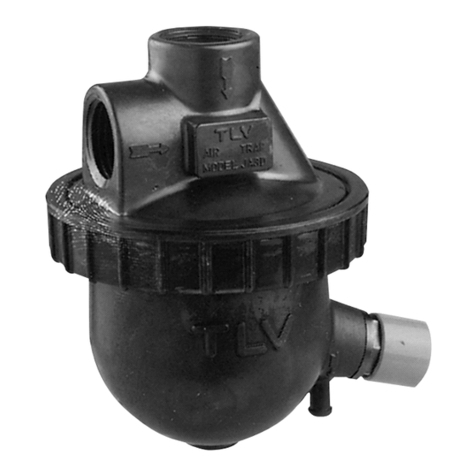
TLV
TLV JA3D User manual

TLV
TLV PowerDyne P21S User manual
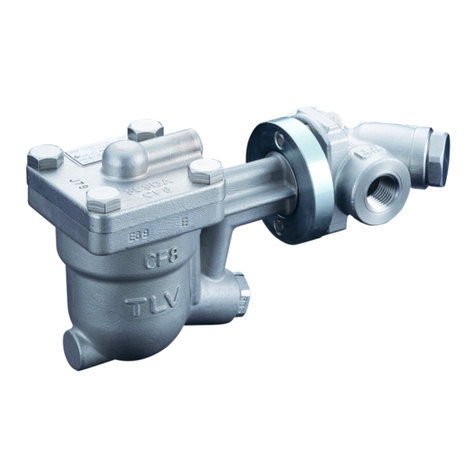
TLV
TLV QuickTrap FJ32-X User manual
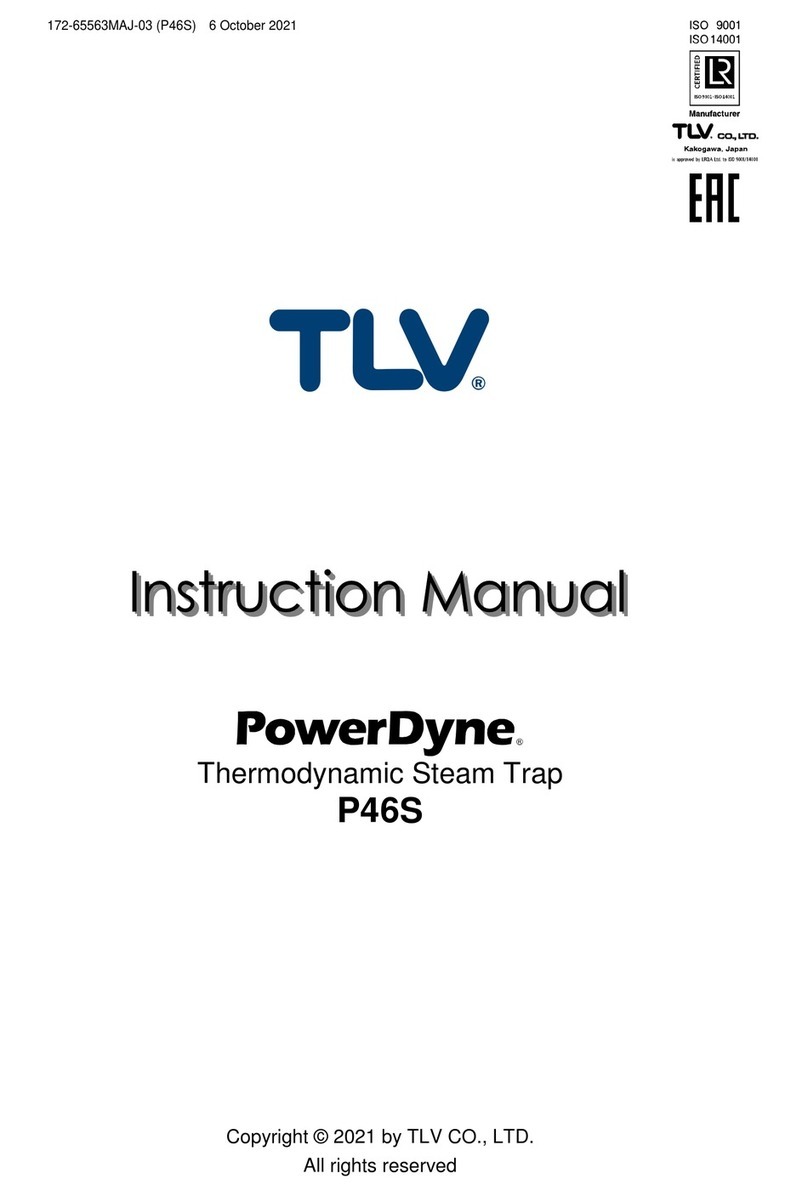
TLV
TLV PowerDyne P46S User manual
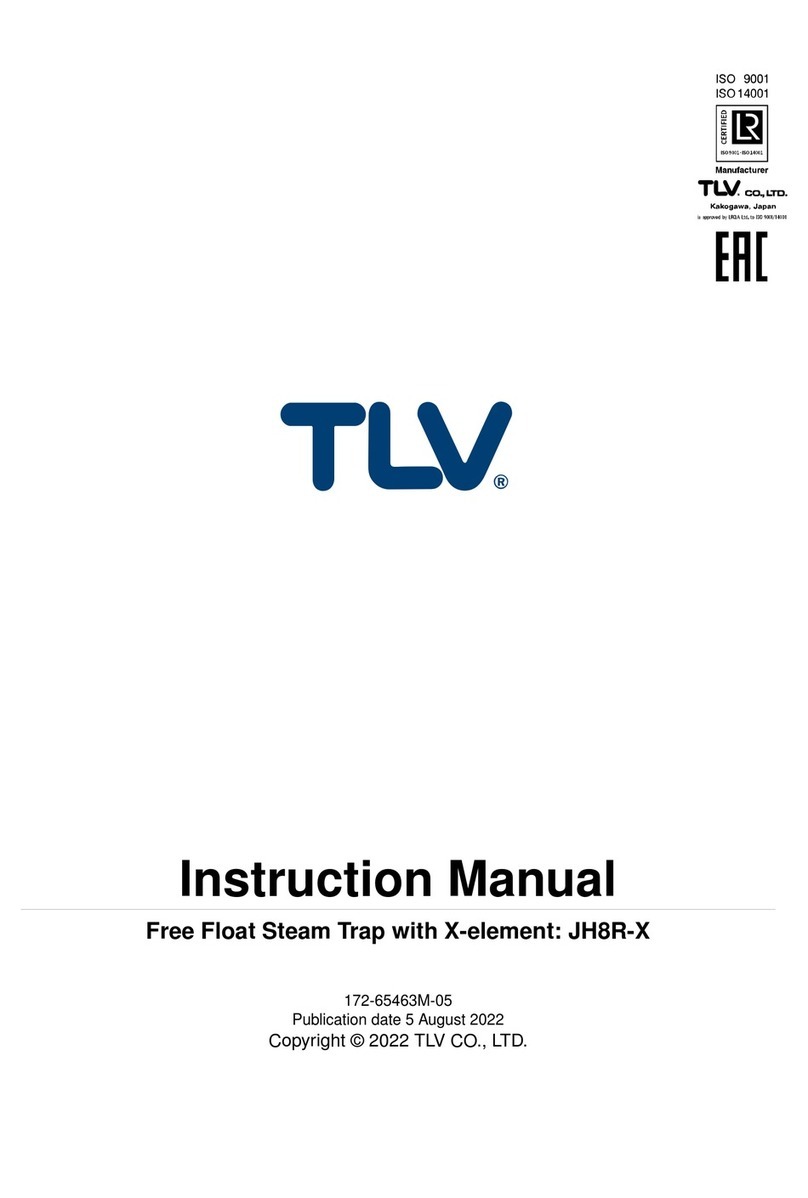
TLV
TLV JH8R-X User manual
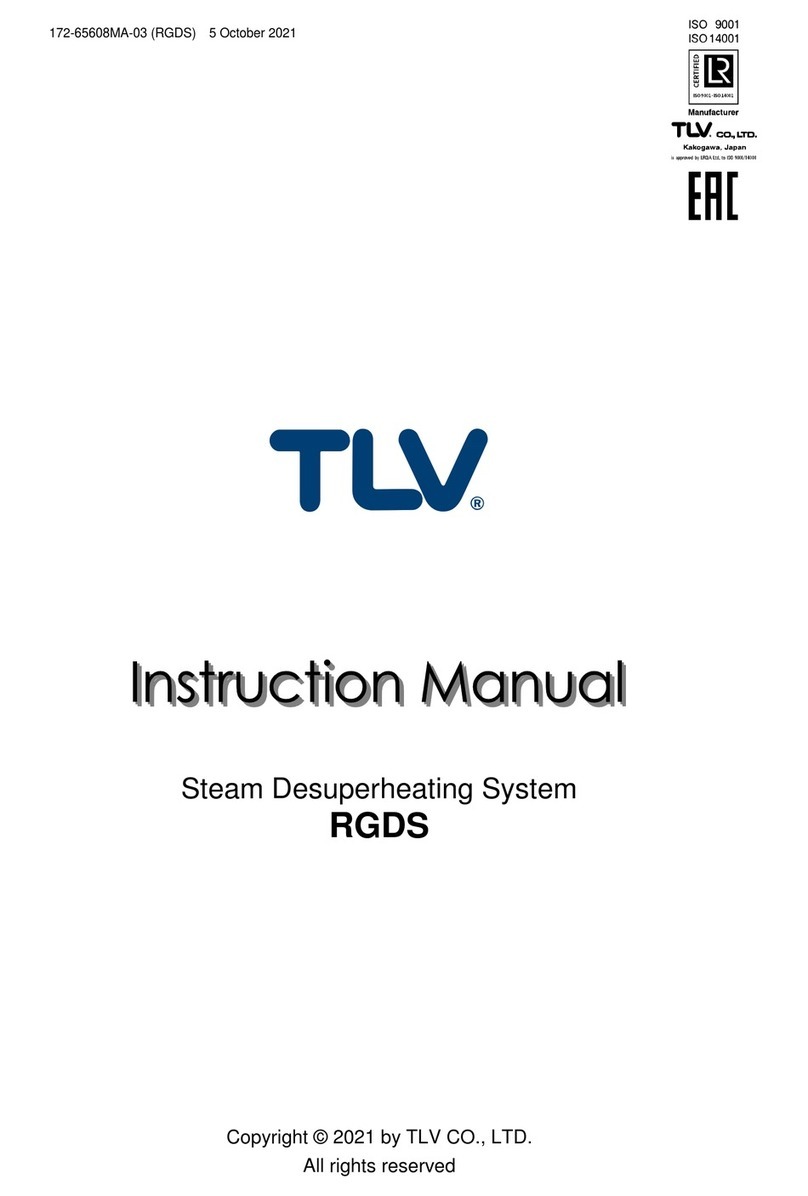
TLV
TLV RGDS User manual
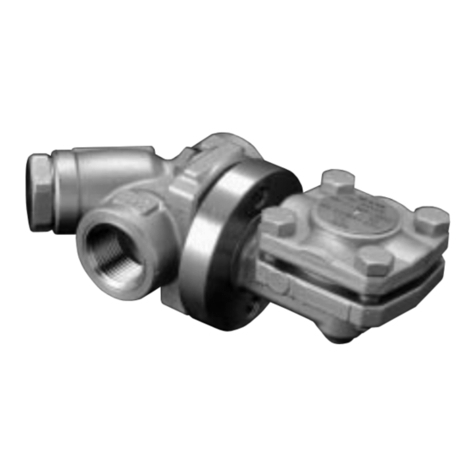
TLV
TLV QuickTrap FL Series User manual
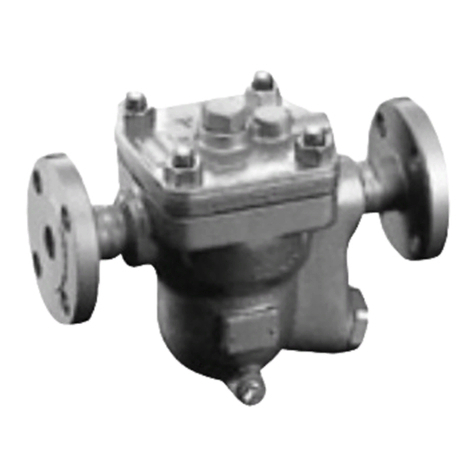
TLV
TLV JH-X Series User manual
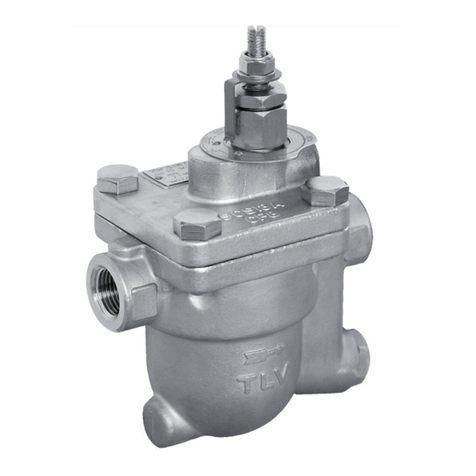
TLV
TLV J3S-X-RV User manual
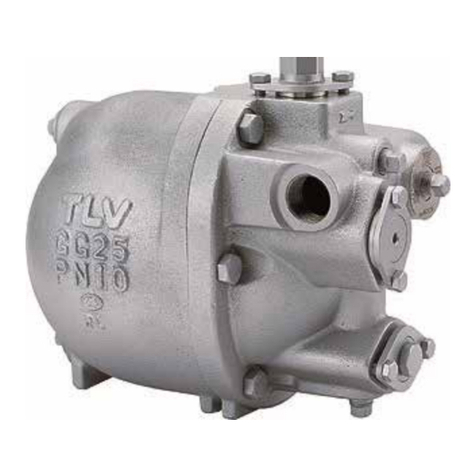
TLV
TLV PowerTrap GT5C User manual
Popular Industrial Equipment manuals by other brands
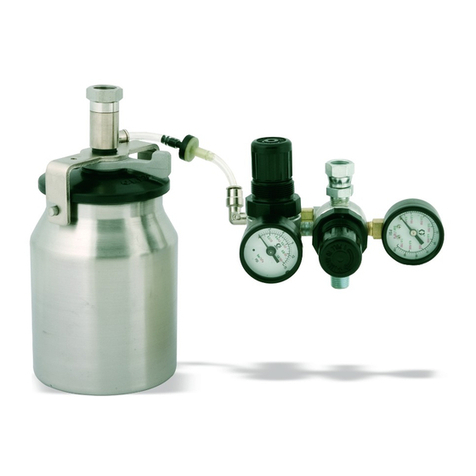
Graco
Graco 239802 Instructions-parts list
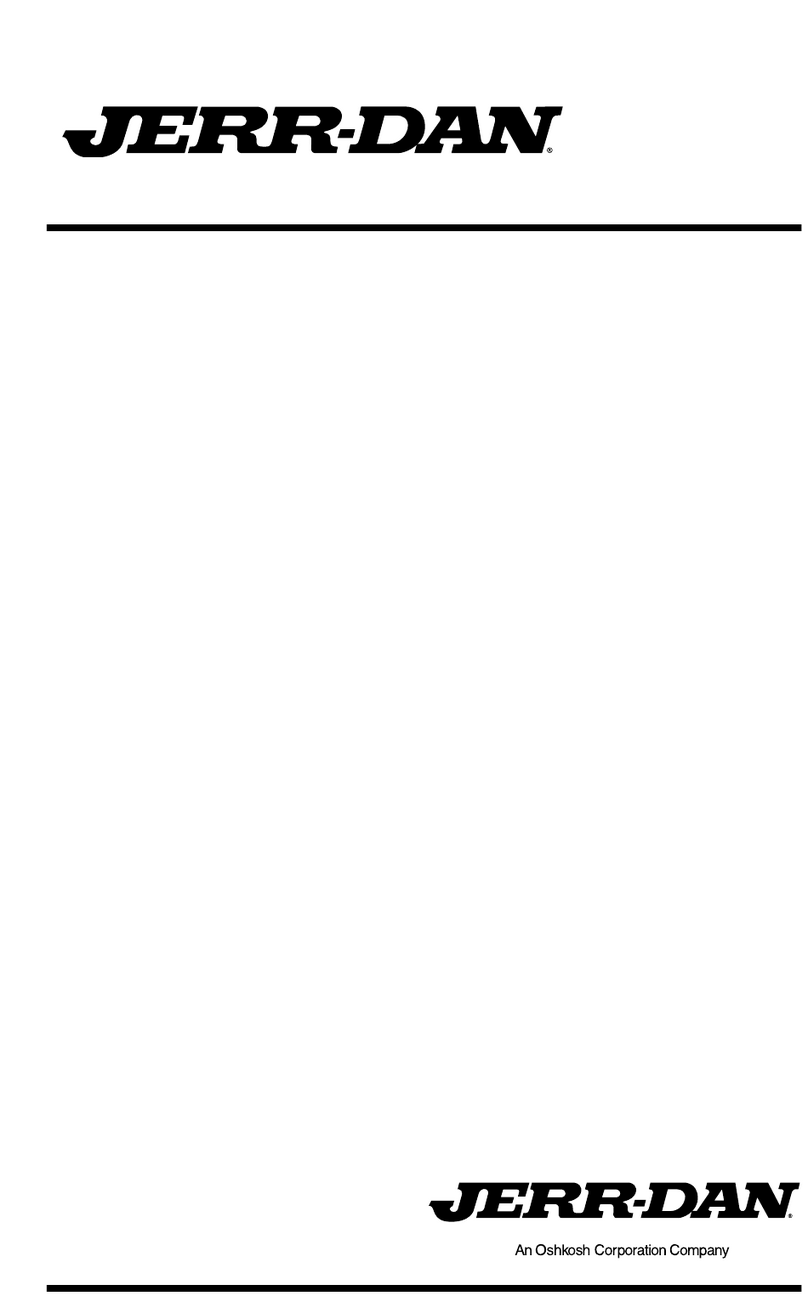
Oshkosh Corporation
Oshkosh Corporation Jerr-Dan MPL-NGS Operation and safety manual
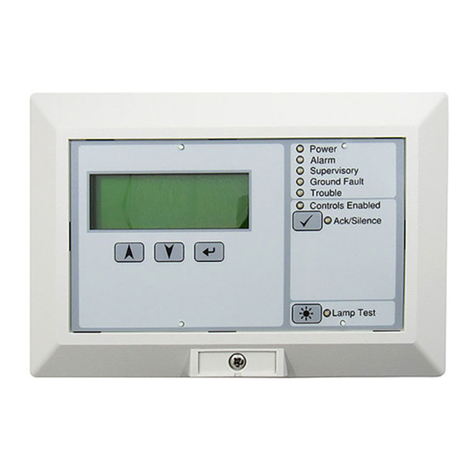
Kidde
Kidde K-R Series Installation and operation guide
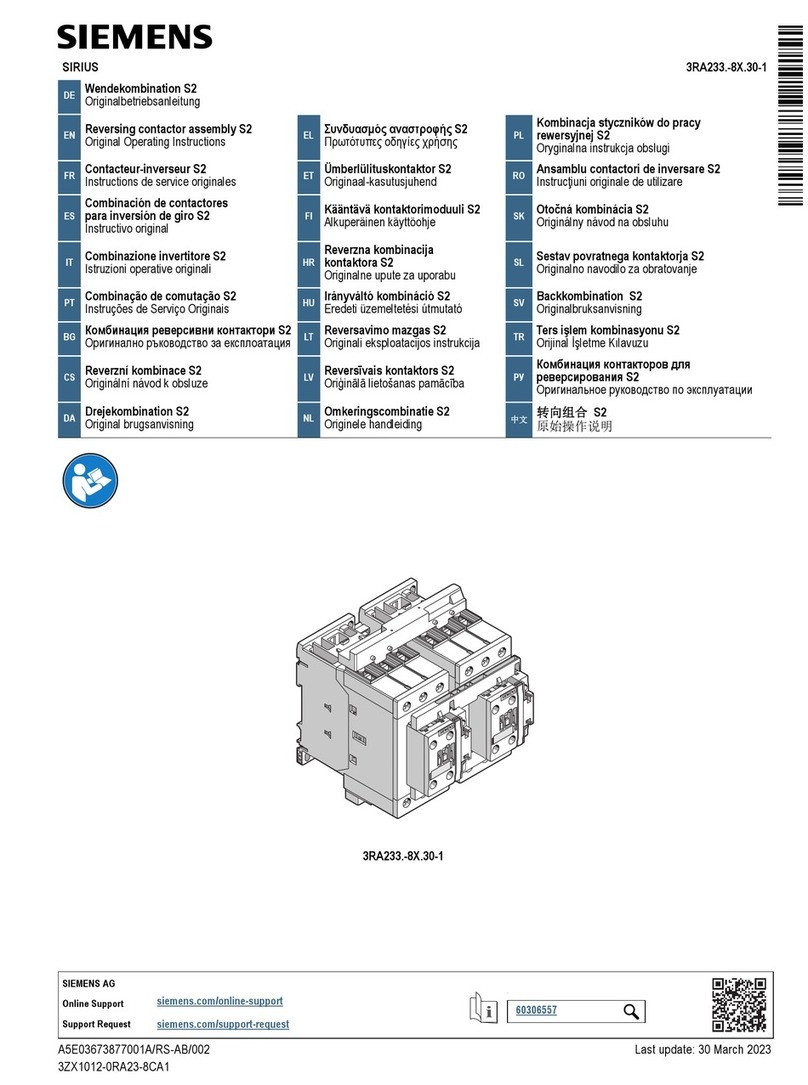
Siemens
Siemens SIRIUS 3RA233-8X.30-1 Series Original operating instructions
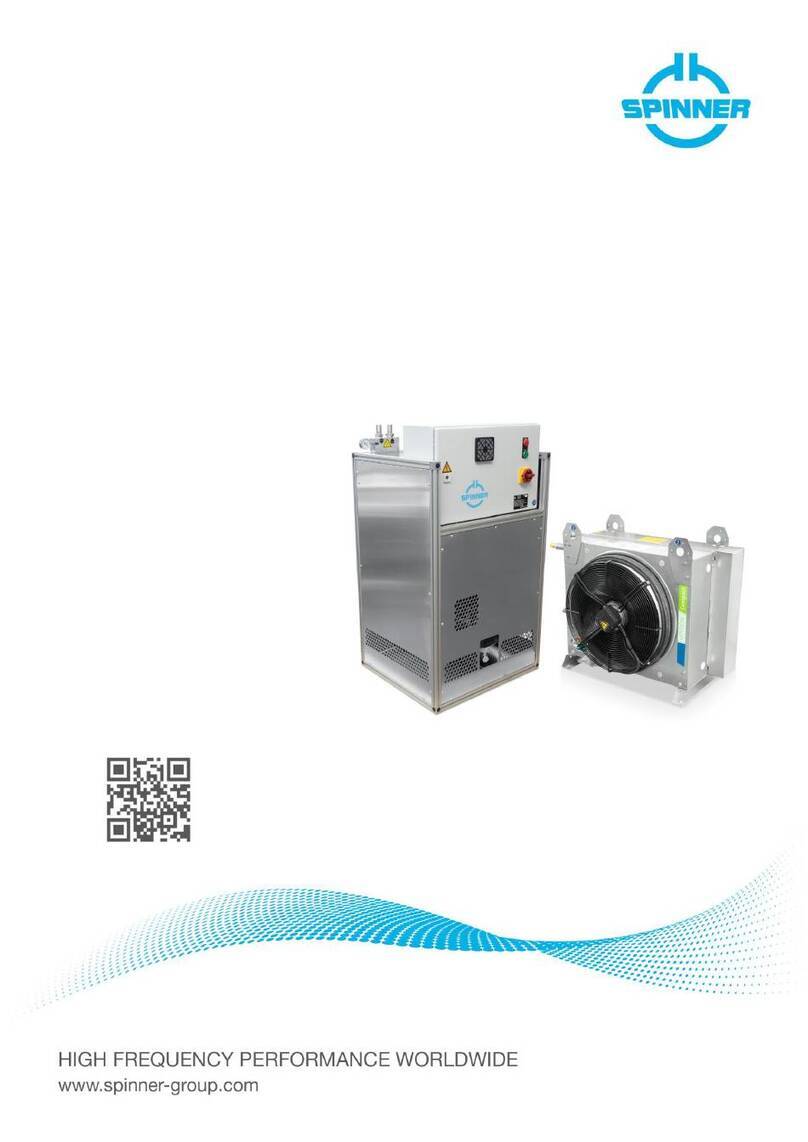
Spinner
Spinner SmartLoad 546435C0300 product manual
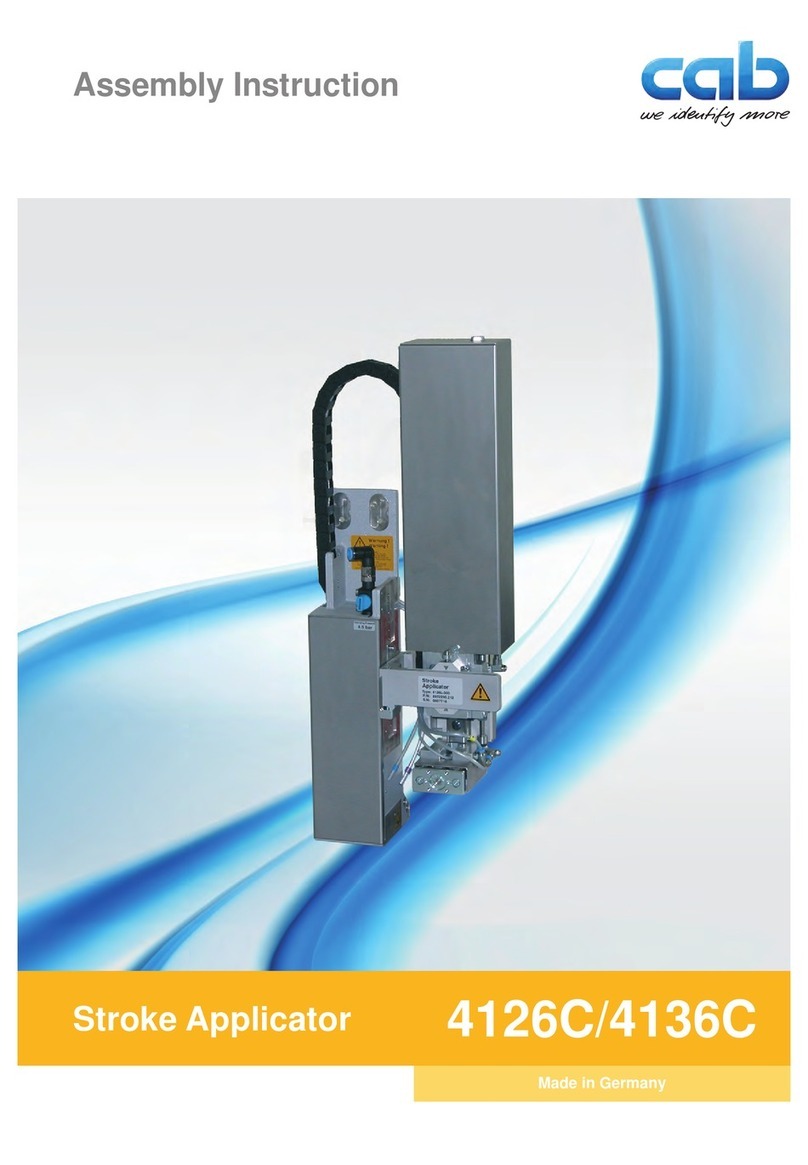
CAB
CAB 4126C Assembly instruction

